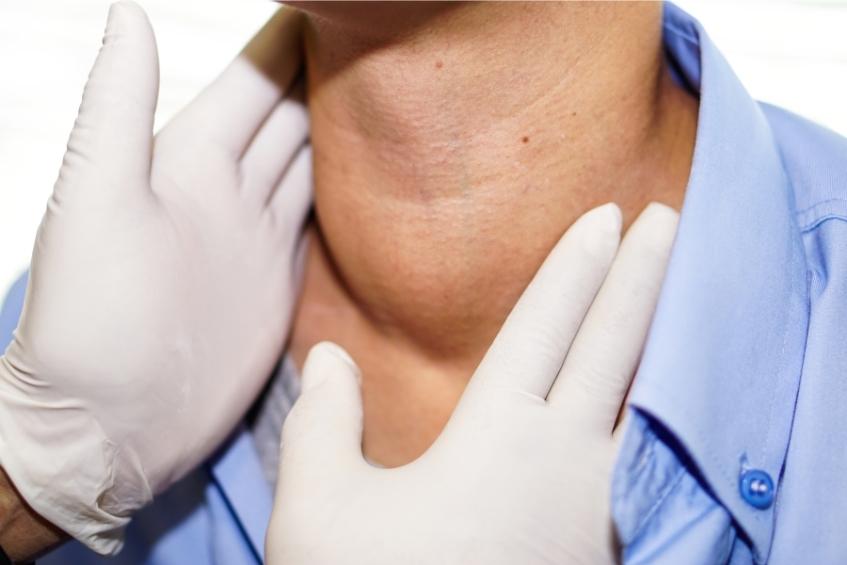
Head and neck tumour are a broad category of growth that occur in the head and neck region. It is the term used to describe a number of different tumours that develop in or around:
A tumour can be cancerous or benign. A cancerous tumour is malignant, meaning in which cells of the body grow out of control and spread to other parts of the body. A benign tumour means the tumour can grow but will not spread to other part of the body.
Cancers that afflict the head and neck are treatable if detected early.
Head and neck cancer can be hard to diagnose, because symptoms are often mild and can mimic less serious conditions. The symptoms of head and neck cancer include but is not limited to:
Frequent headaches
If you are experiencing any of these symptoms, it is imperative to seek the advice of a medical professional immediately.
Alcohol and tobacco use are the two most significant risk factors for head and neck cancers, especially cancers of the oral cavity, hypopharynx, and voice box. Individuals who use both tobacco and alcohol, increase their risk of developing these cancers. Most head and neck squamous cell carcinomas of the mouth and voice box are caused by tobacco and alcohol use.
Human papillomavirus (HPV) represents a risk factor for oropharyngeal cancers that involve the tonsils or the base of the tongue. Although HPV can be detected in other head and neck cancers, it appears to be the cause of cancer formation only in the oropharynx. The reasons for this are not completely understood.
Occupational exposure. Occupational exposure to certain substances such as wood dust is a risk factor for nasopharyngeal cancer. Certain industrial exposures, including exposures to asbestos and synthetic fibres, have been associated with cancer of the voice box, but the increase in risk remains controversial.
Radiation exposure. Radiation to the head and neck, for noncancerous conditions or cancer, is a risk factor for cancer of the salivary glands.
Epstein-Barr virus infection. Increases a person’s risk of getting tumour.
Ancestry. Asian ancestry, particularly Chinese ancestry, is a risk factor for nasopharyngeal cancer.
There are generally 6 main types of head and neck Cancers. The types are each named according to the part of the body where they developed.
Cancer that develops from the thyroid gland that is in front of the voice box
Early detection is key to successful treatment of head and neck cancer.
If your doctor thinks you might have a problem, they will do a detailed examination of your head and neck, and the next step probably will be an endoscopy, laryngoscopy, or nasal endoscopy. Your doctor will use a long, thin tube with a light and lens on it to get a better and closer look at your nasal cavity, mouth, throat all the way down your voice box.
Depending on the location and the type of head and neck cancers, your doctors may do what is called a fine-needle aspiration cytology (FNAC) to take some fluid or tissue to check under a microscope. Your doctors will probably want take a sample of tissue (called a biopsy) for histopathology examination. At times the doctor might need to take out the entire tumour to be examined to determine the pathology. CT scan and an MRI to get a closer look at the area and to help to evaluate the extend of the disease and staging of the cancer. Often times, PET scan will be needed as well.
To ensure the best treatment options, it is imperative to determine the type of cancer one has. The treatment will depend on the stage, location and size of your cancer. Although many head and neck cancer treatment principles may overlap, treatment is generally site-specific and histology-specific.
Treatment may involve:
This requires Otorhinolaryngologists, and head and neck surgeons to work together with medical oncologists and radiation oncologists to develop an optimal treatment plan for patients.

Wait a minute

Wait a minute